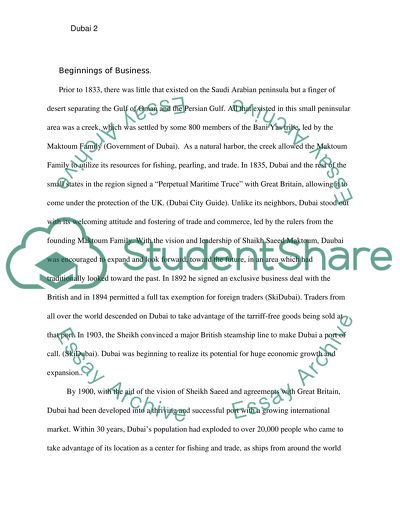Cite this document
(“Dubai is an example of modernity Essay Example | Topics and Well Written Essays - 2000 words”, n.d.)
Retrieved from https://studentshare.org/environmental-studies/1422850-dubai-is-an-example-of-modernity
Retrieved from https://studentshare.org/environmental-studies/1422850-dubai-is-an-example-of-modernity
(Dubai Is an Example of Modernity Essay Example | Topics and Well Written Essays - 2000 Words)
https://studentshare.org/environmental-studies/1422850-dubai-is-an-example-of-modernity.
https://studentshare.org/environmental-studies/1422850-dubai-is-an-example-of-modernity.
“Dubai Is an Example of Modernity Essay Example | Topics and Well Written Essays - 2000 Words”, n.d. https://studentshare.org/environmental-studies/1422850-dubai-is-an-example-of-modernity.


